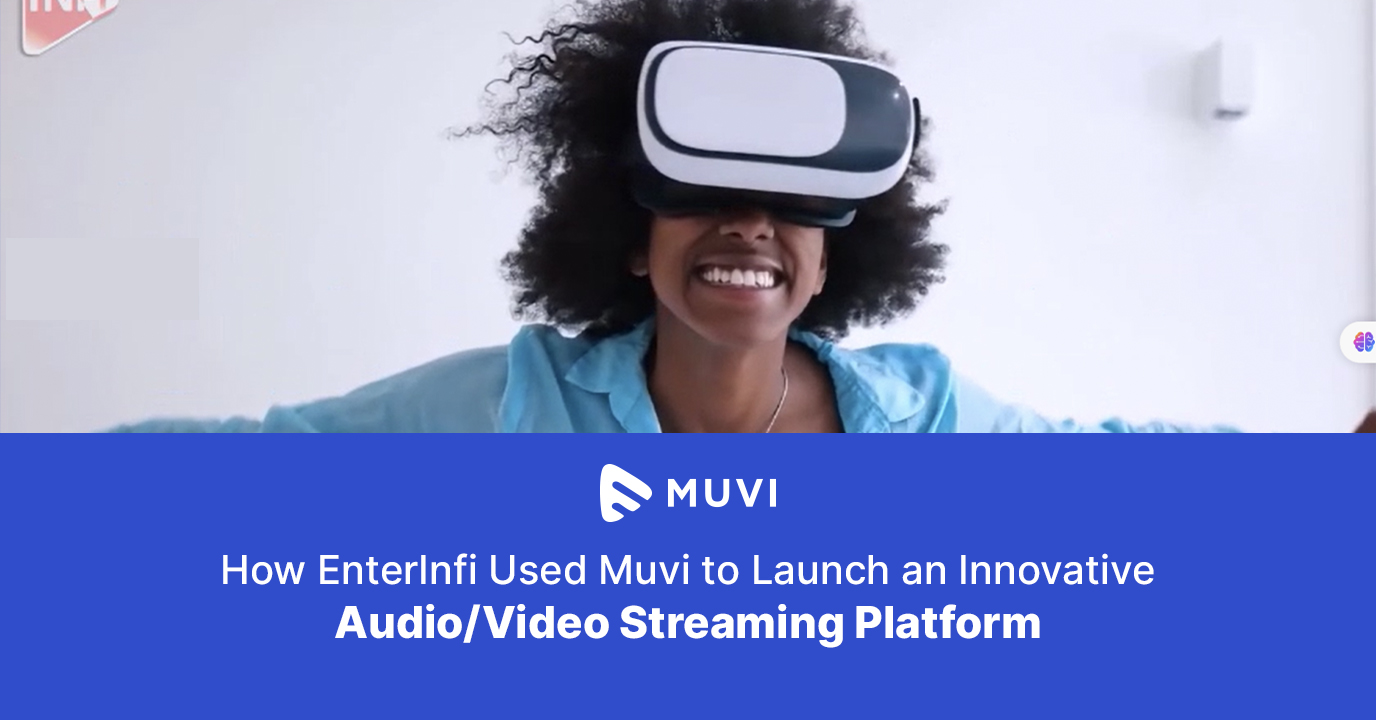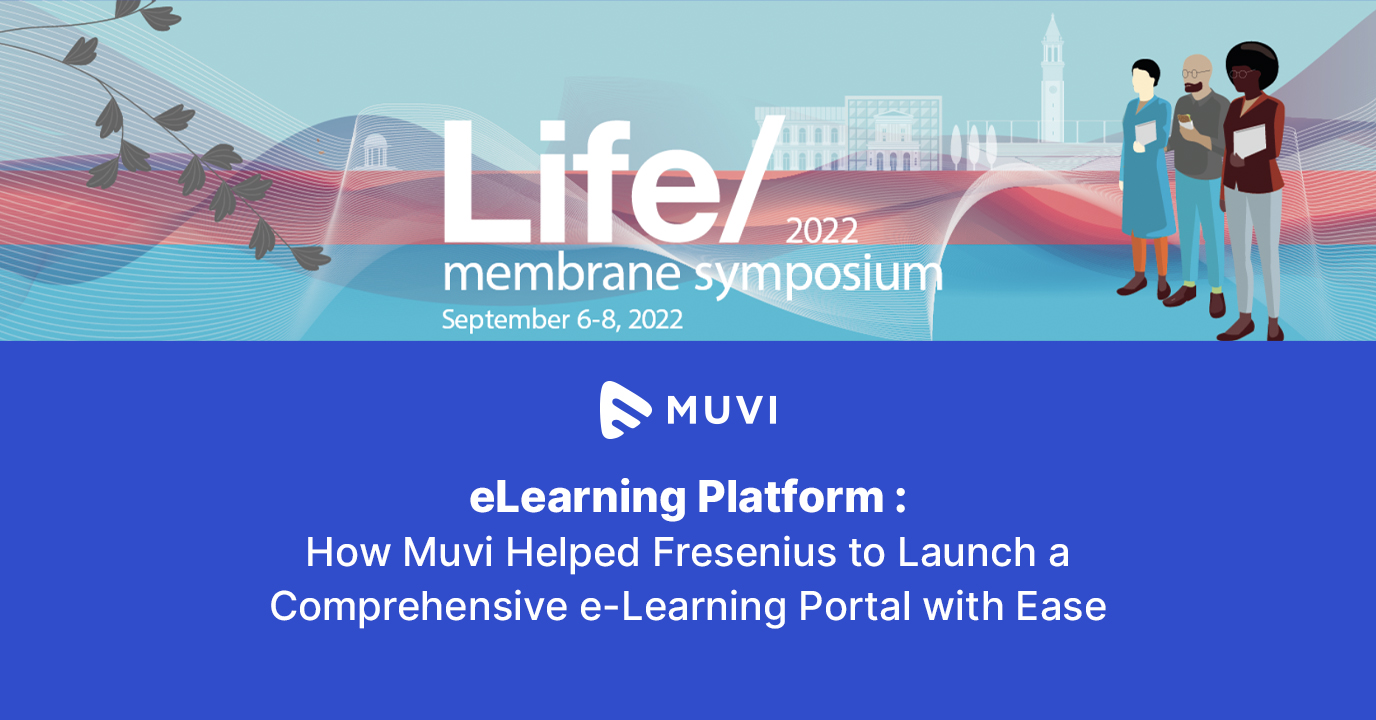Written by: Roshan Dwivedi
What is “broadcasting”? There was a time, decades ago, when broadcasting was simple: You got a license from the government, built a transmission facility and flung as much power into the ether as you were allowed.
Then came cable TV systems, which had a pipeline into homes that could carry programming that was never actually flung into the ether—most in this industry now consider that as much broadcasting as any call-letter TV station.
Cable networks were similar enough to television stations that broadcast networks acquired cable networks and successfully incorporated them into the overall business. One shining example of this was ABC’s acquisition of ESPN, and both willingly refer to the other’s content.
Now we have over-the-top video on demand systems such as YouTube, Vevo, Netflix, Amazon Prime and others that compete for the same eyeballs as TV stations and cable networks. These are starting to be referred to as “broadcasters,” but are they really broadcasting?
There’s no question that many of these newcomers provide at least some of the functions that old-line broadcasters do. For example, YouTube, Netflix and Amazon all produce their own programming, some of which is well-regarded throughout the industry. Even the programs that aren’t winning awards resemble traditional network fare close enough as to be indistinguishable from what you might watch on ABC, Fox, CBS or NBC.
However, is the creation of broadcast-quality content what makes an organization a “broadcaster”?
Read the entire story here.














Add your comment